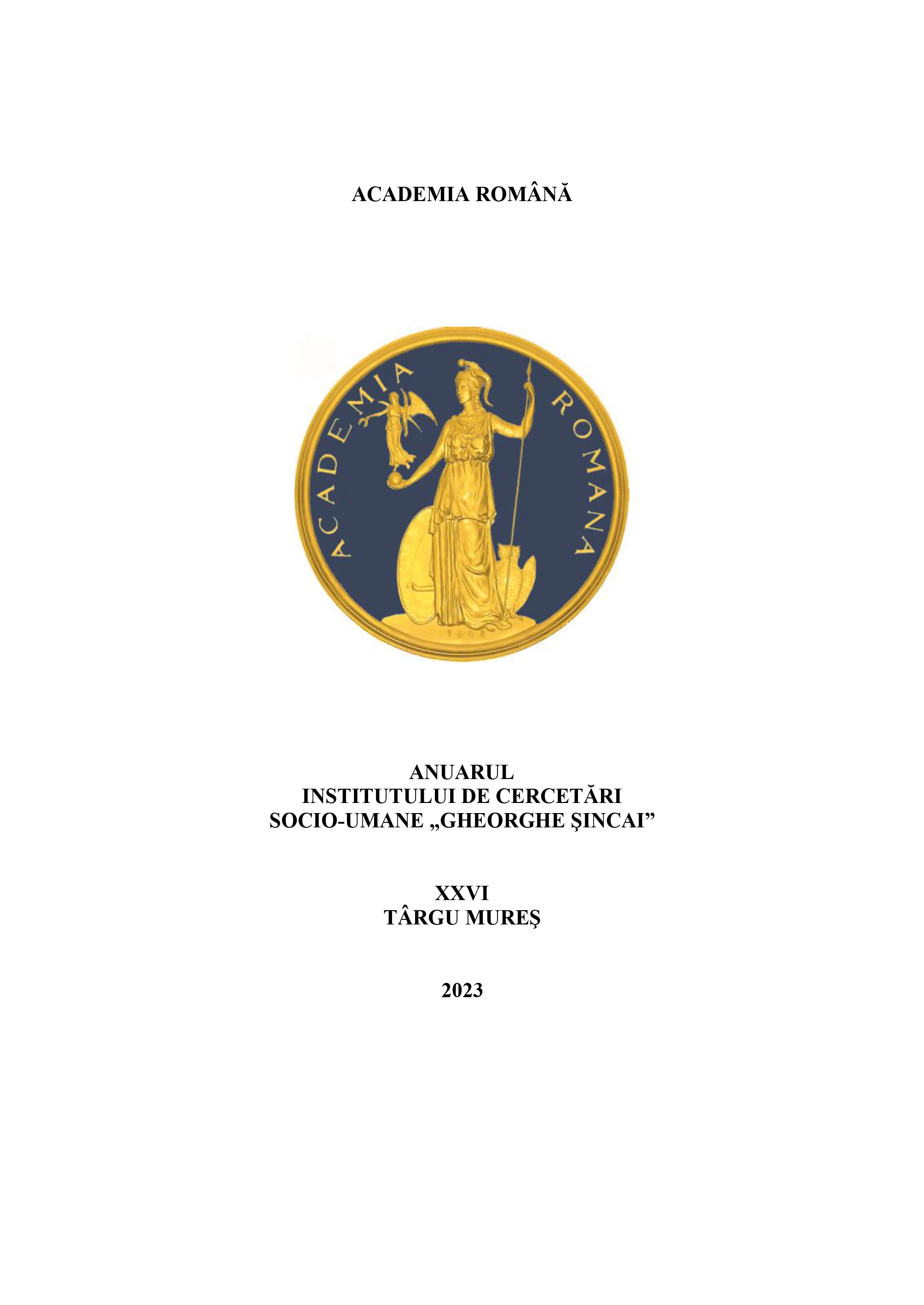CTITORI ȘI BINEFĂCĂTORI AI BISERICILOR ȘI ȘCOLILOR CONFESIONALE ORTODOXE ȘI GRECO-CATOLICE DIN SCAUNELE SECUIEȘTI CIUC, GIURGEU, ODORHEI ȘI TREISCAUNE, ÎN SECOLUL AL XVIII-LEA ȘI PRIMA JUMĂTATE A SECOLULUI AL XIX-LEA
Founders of the Orthodox and Greek Catholic Churches and Confessional Schools in the Szekler Seats of Ciuc, Giurgeu, Odorhei and Treiscaune, in the 18th Century and the First Half of the 19th Century
Author(s): Tatiana ScurtuSubject(s): Cultural history, Diplomatic history, Local History / Microhistory, Political history, Social history
Published by: Institutul de Cercetări Socio-Umane Gheorghe Şincai al Academiei Române
Keywords: identity institutions; Orthodox and Greek Catholic Church; confessional schools; Szekler seats;
Summary/Abstract: The issue of the history of the Romanians from the former Szekler seats of Ciuc, Giurgeu, Odorhei and Treiscaune and of the main identity institutions – the church (Orthodox and Greek Catholic) and the confessional schools that functioned under the auspices of these churches has been little researched. Benefiting from access to ecclesiastical and secular documentary sources, little researched, the present study aims to introduce into the scientific circuit information about the state of places of worship and confessional schools built by members of some Romanian communities with a small number of members, most of them living in ethnically mixed localities, with a numerically majority Szekler/Hungarian population. In these conditions, an important role was played by the solidarity of the Romanians living on both sides of the Carpathians, who we find among the founders of the modest wooden churches, and after 1785, also of stone, and of the confessional school buildings. This solidarity was also manifested between the Romanian communities in the area. When a Romanian community, with a larger number of believers, managed to build a new church, the old one was donated to neighboring communities with few believers, thus witnessing the phenomenon called “traveling churches”.
Journal: Anuarul Institutului de Cercetări Socio-Umane »Gheorghe Şincai« al Academiei Române
- Issue Year: 26/2023
- Issue No: 26
- Page Range: 201-222
- Page Count: 22
- Language: Romanian

